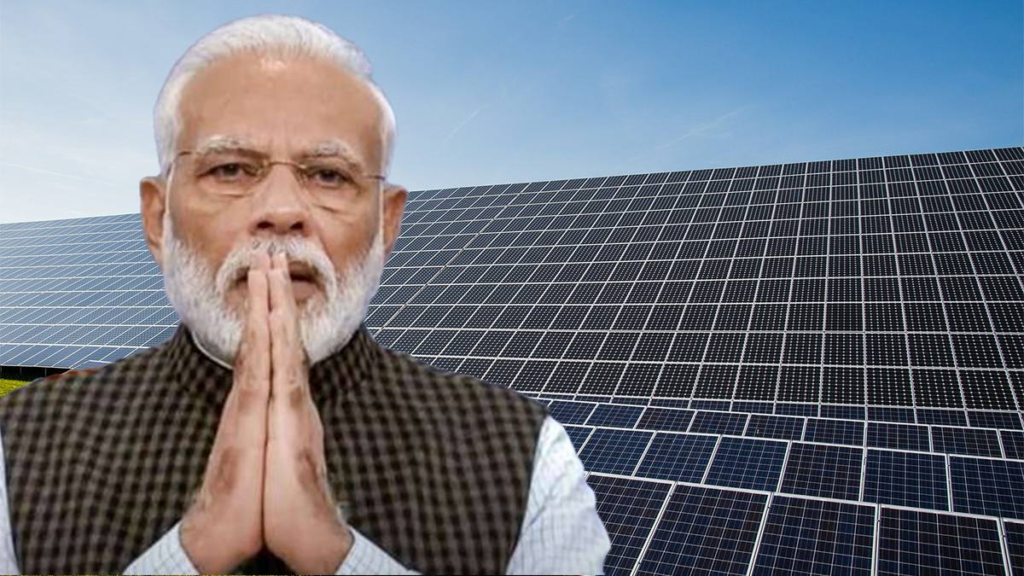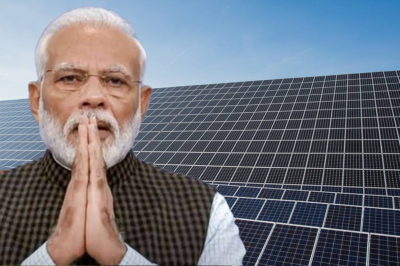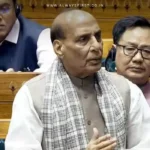
In a bold move towards sustainable development, Prime Minister Narendra Modi has outlined a visionary goal to equip every household in India with solar panels, aiming to achieve zero electricity bills. This initiative, known as the PM Surya Ghar Yojana, marks a strategic shift from merely providing electricity to all, to eliminating electricity costs entirely for Indian citizens. In an exclusive interview with News18, PM Modi discussed the potential of this plan to revolutionize energy consumption patterns across the nation and its implications for economic growth and environmental sustainability.
The PM’s plan involves not only reducing household energy costs but also enabling households to generate income by selling surplus electricity. This initiative is set to accelerate India’s transition to electric vehicles by making home charging economically feasible, thereby drastically reducing transportation costs for individuals.
On a broader scale, this shift towards solar energy is expected to reduce India’s dependency on imported crude oil, which currently stands at a staggering 87.3% of domestic consumption. By decreasing the need for imported energy, India aims to reduce its vulnerability to global crude oil price fluctuations and the associated financial instability.
The government’s commitment was further emphasized by Finance Minister Nirmala Sitharaman’s announcement of the new rooftop solar scheme during the interim Budget. This scheme is projected to save households between Rs 15,000-18,000 annually. With an investment exceeding Rs 75,000 crore, the PM Surya Ghar: Muft Bijli Yojana aims to provide up to 300 units of free electricity each month to 10 million houses.
Through this initiative, PM Modi envisions transforming India into a hub for startups, manufacturing, and innovation, spurred by the adoption of solar energy. This ambitious project not only aims to empower citizens but also positions India as a global leader in energy-tech innovation, dedicated to achieving its net zero goals and fostering a sustainable future.









































Leave a Reply